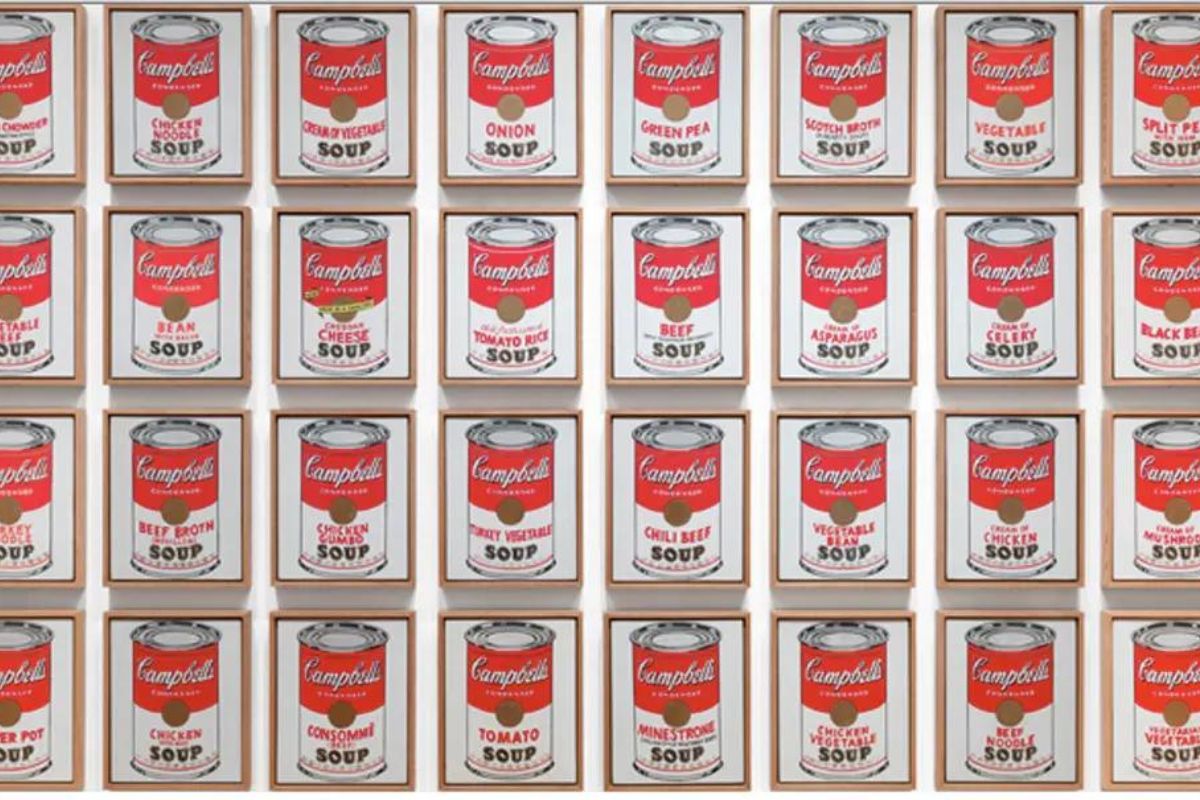Commercial art and fine art are two distinct categories of art that are often compared and contrasted. Commercial art, also known as applied art, is created for commercial purposes, such as advertising, packaging, and book covers. Fine art, on the other hand, is created for aesthetic purposes and is often displayed in galleries and museums.
Artists who create commercial art are often commissioned to create specific pieces for a particular client or project. They are expected to meet the client’s needs and create an image that will effectively promote a product or service.
Fine artists, on the other hand, have more creative freedom and are able to express their own ideas and emotions through their work.
While commercial artists may be more financially successful, fine artists are often more respected in the art world for their unique and original creations.
| Aspect | Commercial Art | Fine Art |
|---|---|---|
| Purpose | Created for commercial or business purposes, such as advertising and marketing. | Created for artistic expression and aesthetic appreciation. |
| Creative Freedom | May have creative constraints imposed by clients or project requirements. | Typically has more creative freedom and autonomy. |
| Audience | Target market or consumers of the product or service being promoted. | Art enthusiasts, collectors, galleries, museums, and those interested in artistic and cultural value. |
| Materials and Techniques | Utilizes a wide range of media and techniques, depending on project requirements. | Explores various materials and techniques, including painting, sculpture, and more. |
| Market Value | Value is tied to its ability to generate revenue for clients; may have limited market value beyond commercial utility. | Often considered collectible with significant market value, especially for renowned artists. |
What is Commercial Art?
Commercial art refers to any form of art that is created with the intention of being used for commercial purposes. It is a type of art that is used to promote or sell a product or service, or to communicate a message to a specific audience.
Commercial art can take many different forms, including:
- Design
- Advertising
- Photography
- Illustration
- Painting
- Sculpture
- Digital
In the world of design, commercial art is used to create logos, websites, packaging, and other marketing materials that are used to promote a business or product.
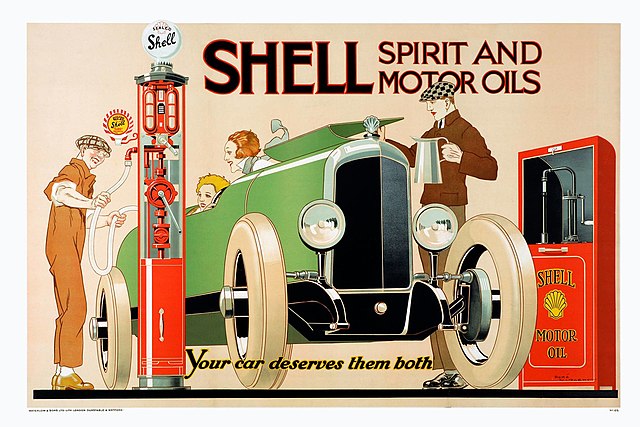
Advertising is another form of commercial art, which involves creating advertisements for print, television, or online media. Photography is also a common form of commercial art, which is used to create images for advertising, editorial, or product purposes.
Illustration is another form of commercial art, which involves creating images for use in books, magazines, advertisements, and other media.
Painting and sculpture can also be considered forms of commercial art, as they are often commissioned by businesses or individuals for decorative or promotional purposes.
Overall, commercial art is a type of art that is created with a specific purpose in mind, whether that is to promote a product, communicate a message, or simply to decorate a space.
It is a vital part of the modern economy, and is used by businesses of all sizes to reach their target audiences and achieve their marketing goals.
What is Fine Art?
Fine art refers to art that is created primarily for aesthetic purposes rather than practical or commercial ones. It is often considered to be the opposite of commercial art, which is created for commercial purposes such as advertising, marketing, or branding.
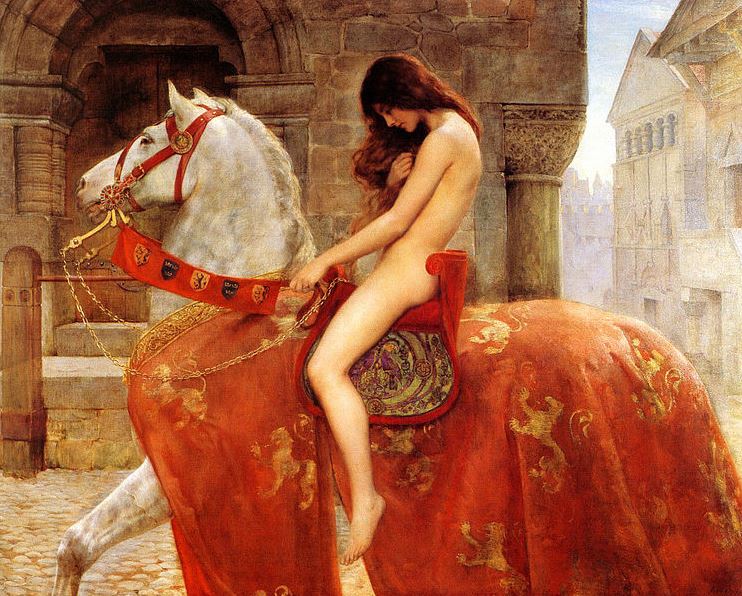
Fine art includes a wide variety of mediums, including painting, sculpture, photography, installation, graphic design, and sound art. Each of these mediums has its own unique characteristics and techniques.
Also Read: Fine Art vs Applied Art
Painting is perhaps the most traditional form of fine art, with a long history dating back to the Renaissance. It involves applying paint to a surface, such as canvas or paper, using various techniques to create an image.
Sculpture, on the other hand, involves the creation of three-dimensional objects, often using materials such as stone, metal, or clay. Sculpture can be representational or abstract, and can range from small, handheld objects to large, site-specific installations.
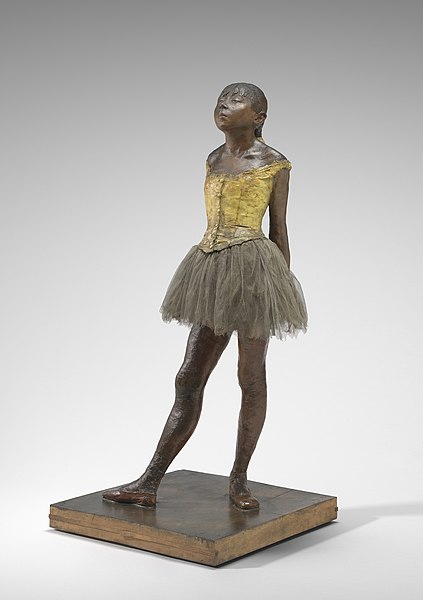
Photography is a relatively new medium in the history of fine art, but it has quickly become one of the most popular. It involves capturing images using a camera, and can range from traditional black and white prints to digital images manipulated using software.
Installation art is a relatively new medium that involves the creation of immersive, site-specific environments. These environments can be made up of a variety of materials and can be interactive or static.
Graphic design is a form of visual communication that involves the creation of images, typography, and other visual elements to convey a message. It is often used in advertising and marketing, but can also be used in fine art contexts.
Sound art is a relatively new medium that involves the creation of sound-based works of art. These works can range from recorded soundscapes to live performances using electronic or acoustic instruments.
Overall, fine art encompasses a wide range of mediums and techniques, all united by their focus on aesthetic expression rather than commercial or practical purposes.
Differences Between Commercial Art and Fine Art
Purpose
The purpose of commercial art is to sell or promote a product or service. It is created with a specific audience in mind and is often commissioned by companies or organizations.
On the other hand, the purpose of fine art is to express the artist’s ideas and emotions. It is created for personal or cultural reasons and is not necessarily intended to be sold.
Techniques
Commercial art often uses techniques that are easily recognizable and appeal to a broad audience. It may include photography, graphic design, and illustration.
Fine art, on the other hand, often involves more experimental and unconventional techniques. It may include painting, sculpture, and mixed media.
Aesthetic
Commercial art is often created with a specific aesthetic in mind that is intended to appeal to a particular audience. It may be bright, colorful, and eye-catching.
Fine art, on the other hand, is often more abstract and subjective. It may be more focused on conveying emotion or meaning rather than simply being visually appealing.

Overall, the main difference between commercial art and fine art is their purpose. While commercial art is created to sell or promote a product or service, fine art is created for personal or cultural reasons.
Additionally, commercial art often uses more recognizable techniques and has a specific aesthetic in mind, while fine art is often more experimental and abstract.
Examples of Commercial Art and Fine Art
Commercial Art Examples
Commercial art is created with the primary purpose of selling a product or service. It includes a wide range of art forms, such as advertising, packaging design, book covers, and more. Here are a few examples of commercial art:
- Logos: Logos are an essential part of branding for businesses. They are designed to be simple yet memorable and recognizable. Examples of famous logos include the Nike swoosh, the Apple logo, and the McDonald’s golden arches.
- Illustrations: Illustrations are often used in advertising, children’s books, and magazines. They can be created using traditional mediums like pen and ink or digitally using software like Adobe Illustrator.
- Printmaking: Printmaking is a technique used to create multiple copies of an image. It is often used in commercial art to produce posters, flyers, and other promotional materials.
Fine Art Examples
Fine art, on the other hand, is created for aesthetic purposes and is not intended to sell a product or service. It includes a wide range of art forms, such as painting, sculpture, and installation art. Here are a few examples of fine art:
- Paintings: Paintings are created using various mediums like oil, acrylic, and watercolor. They are often displayed in galleries and museums and can be used to express a wide range of emotions and ideas.
- Sculptures: Sculptures are three-dimensional artworks that can be made from a variety of materials like stone, metal, and wood. They can be abstract or representational and are often displayed in public spaces like parks and plazas.
- Pop Art: Pop art is a style of art that emerged in the 1950s and 60s. It is characterized by its use of popular culture imagery and bright colors. One of the most famous pop artists is Andy Warhol, known for his colorful silkscreen prints of celebrities like Marilyn Monroe.
Overall, both commercial art and fine art have their own unique purposes and styles. While commercial art is created to sell a product or service, fine art is created to express ideas and emotions.
The Value of Commercial Art vs Fine Art
Price
One of the most significant differences between commercial art and fine art is the price.
Commercial art is usually more affordable than fine art. The reason for this is that commercial art is produced in large quantities, which makes it easier to reproduce and distribute.
Fine art, on the other hand, is usually one-of-a-kind or produced in limited editions, which makes it more valuable and expensive.
Branding
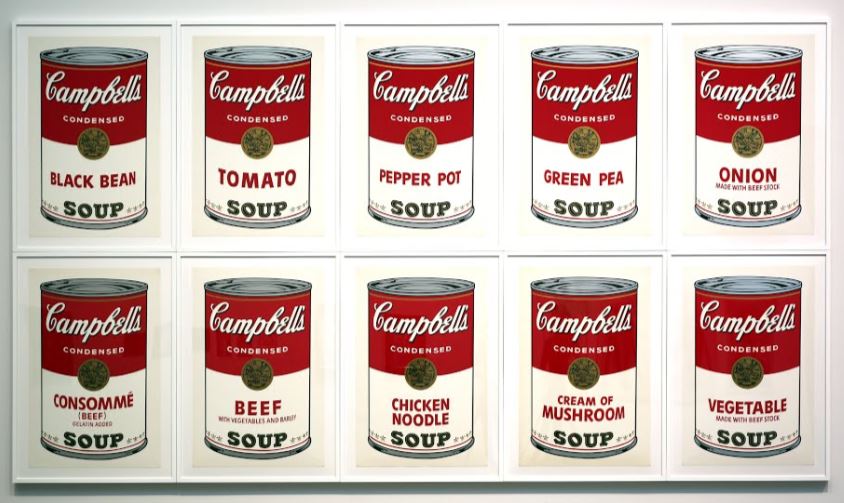
Another difference between commercial art and fine art is branding. Commercial art is often created for a specific purpose, such as advertising or marketing a product or service.
In contrast, fine art is created for its aesthetic value and is not usually associated with any particular brand or product.
Accessibility
Accessibility is another factor that distinguishes commercial art from fine art. Commercial art is usually more accessible to the general public than fine art.
Commercial art can be found in many places, such as billboards, magazines, and websites, while fine art is typically found in galleries and museums.
Fine art can also be more exclusive and elitist, making it less accessible to the general public.
In conclusion, the value of commercial art vs fine art depends on the individual’s perspective and needs. Commercial art is more affordable, associated with branding, and more accessible to the general public. Fine art, on the other hand, is more exclusive, valuable, and appreciated for its aesthetic value.
The Future of Commercial Art and Fine Art
Technological Innovations
As technology continues to advance, it is likely that both commercial art and fine art will be impacted. The rise of digital art has already had a significant impact on the art world, making it easier for artists to create and distribute their work.
In the future, it is likely that technology will continue to play a major role in the creation and distribution of art.
One potential technological innovation that could impact the art world is virtual reality. As virtual reality technology becomes more advanced, it could be used to create immersive art experiences that allow viewers to interact with art in new and exciting ways.
This could be particularly impactful for commercial art, as it could provide a new way for artists to create branded experiences for consumers.
Artistic Trends
In terms of artistic trends, it is likely that both commercial art and fine art will continue to evolve in the coming years. One trend that has already emerged is a focus on authenticity and uniqueness.
Consumers are increasingly looking for art that is one-of-a-kind and has a personal connection to the artist.
Another trend that is likely to continue is the blurring of the lines between fine art and applied art. As artists continue to experiment with new media and techniques, it is becoming more difficult to categorize art as either fine or applied.
This could lead to a greater appreciation for crafts and applied arts, as well as a greater recognition of the artistic skill required to create these works.
Conclusion
Overall, the future of commercial art and fine art is likely to be shaped by a combination of technological innovations and artistic trends. While it is impossible to predict exactly what the future will hold, it is clear that the art world will continue to be a vibrant and dynamic field that has the potential to impact our daily lives in a variety of ways.

